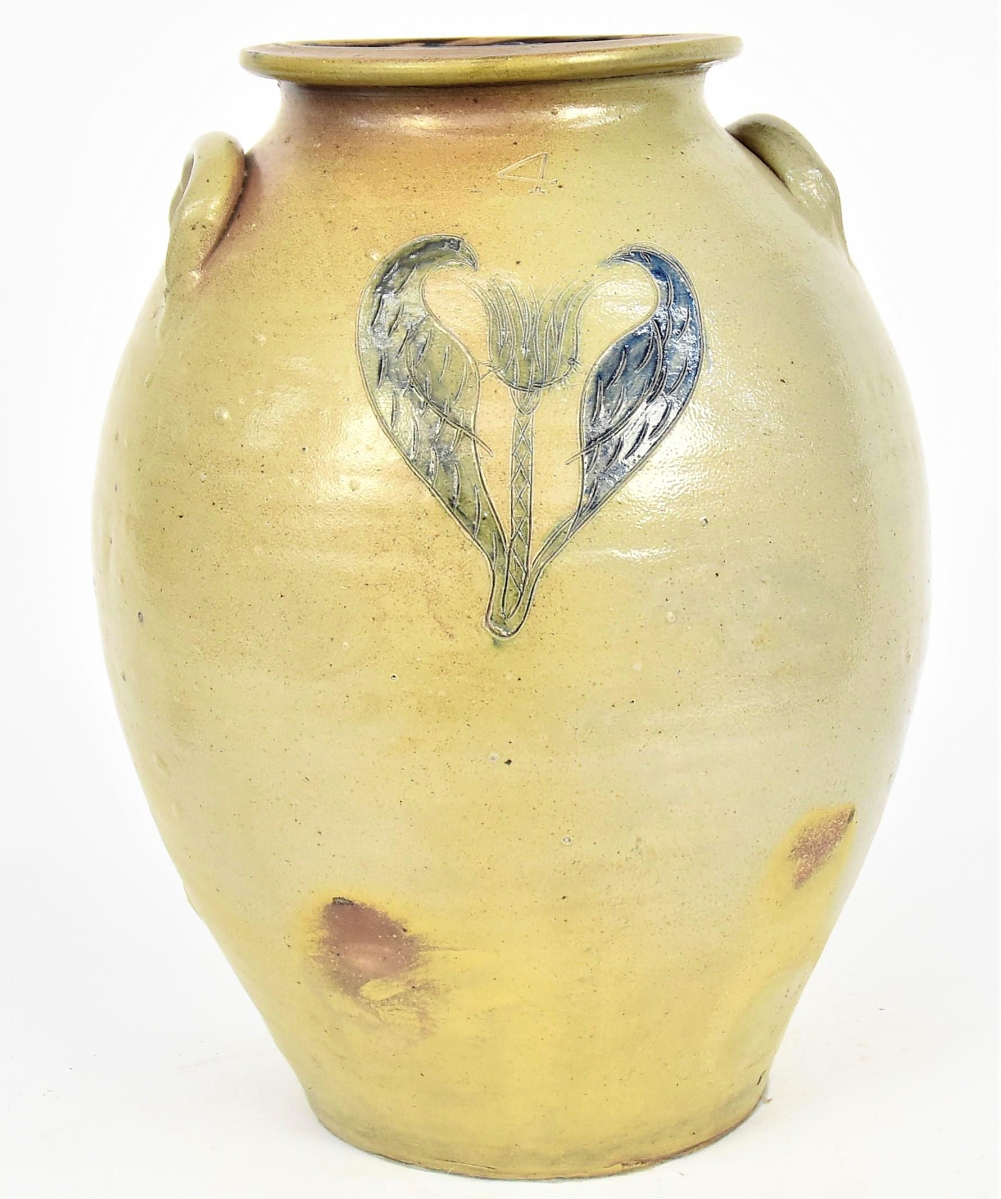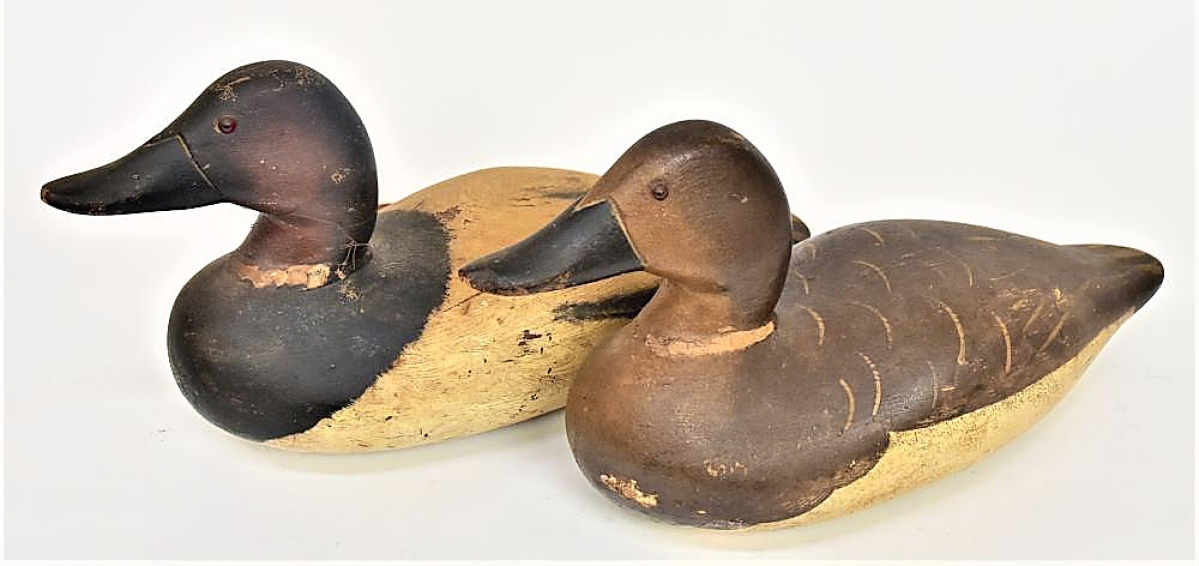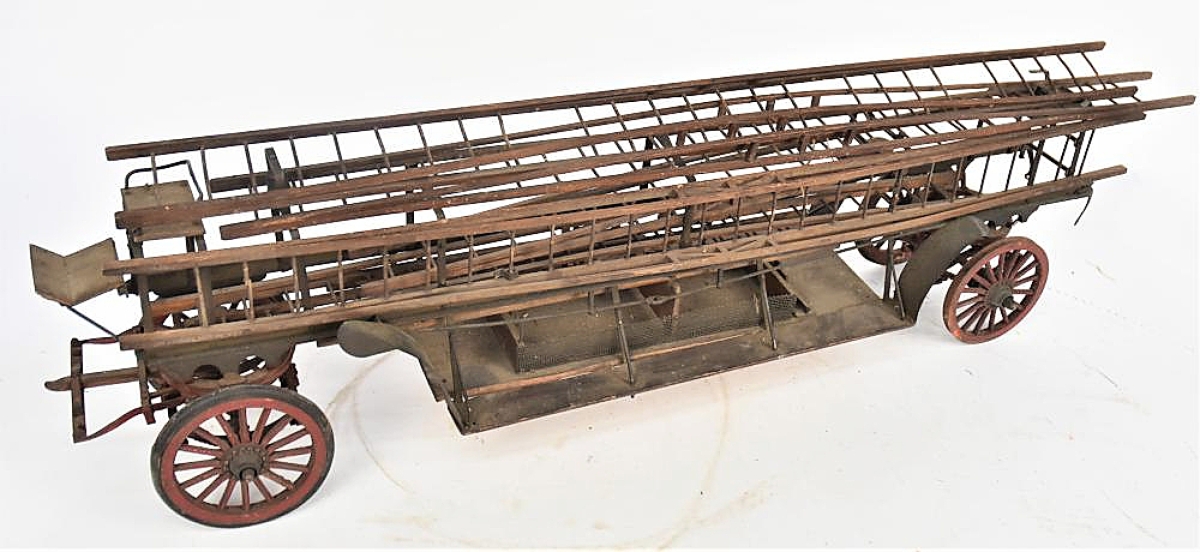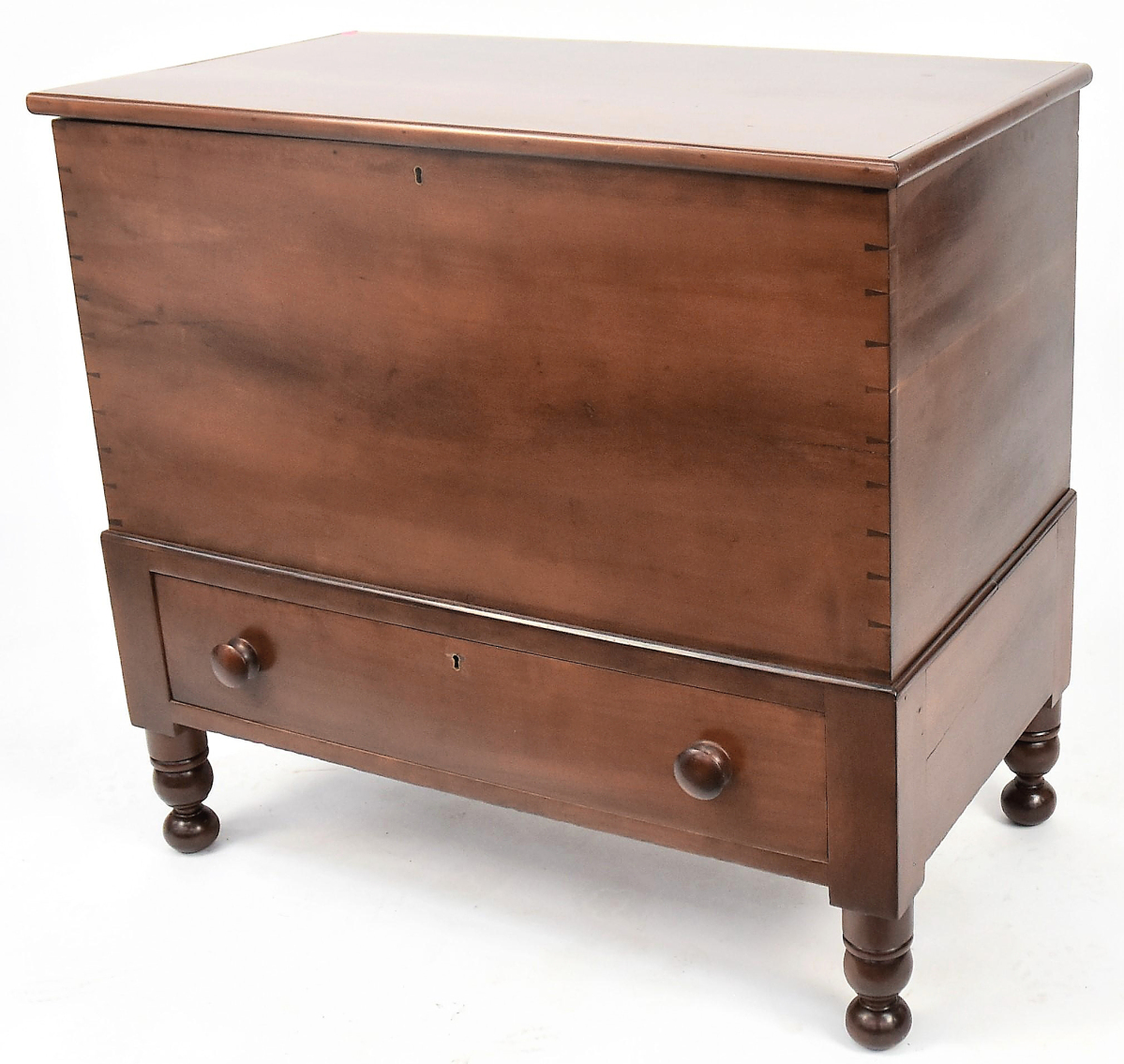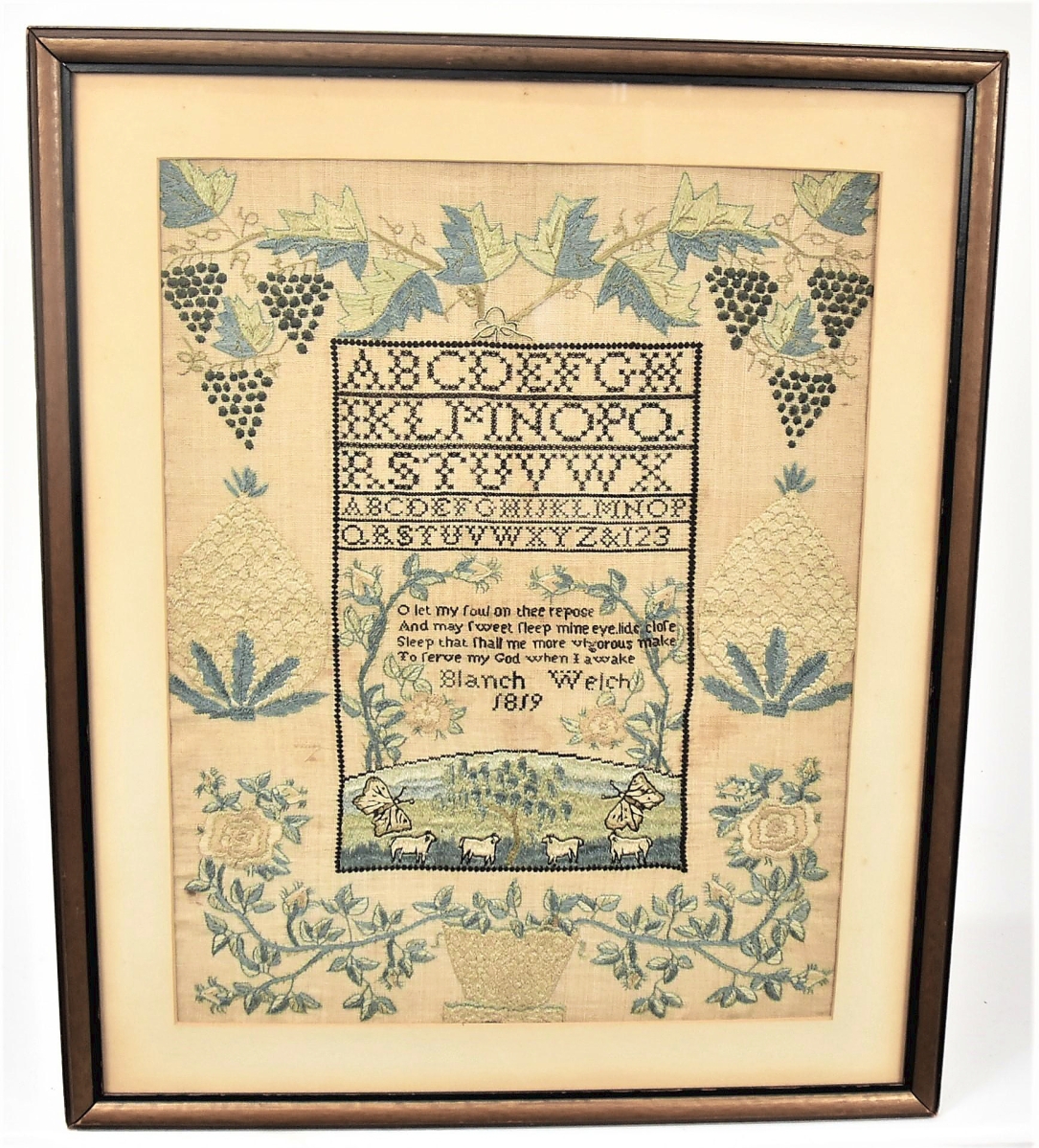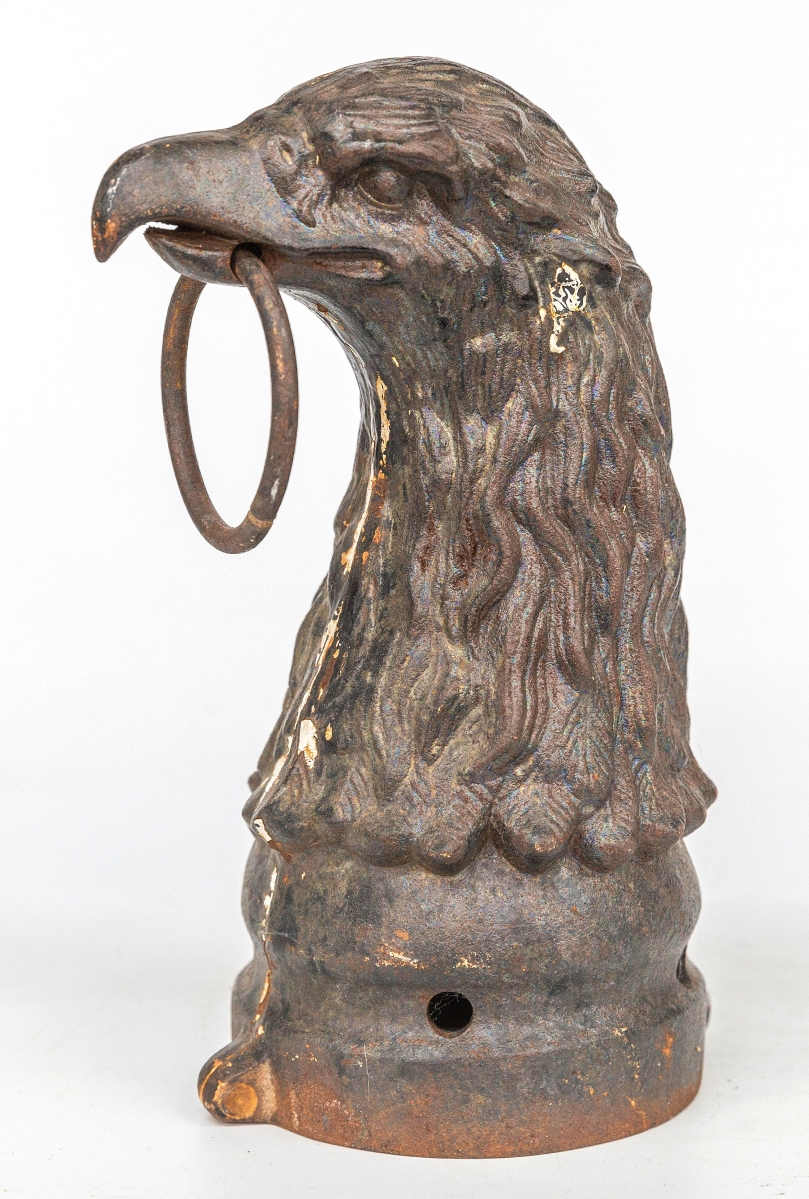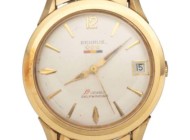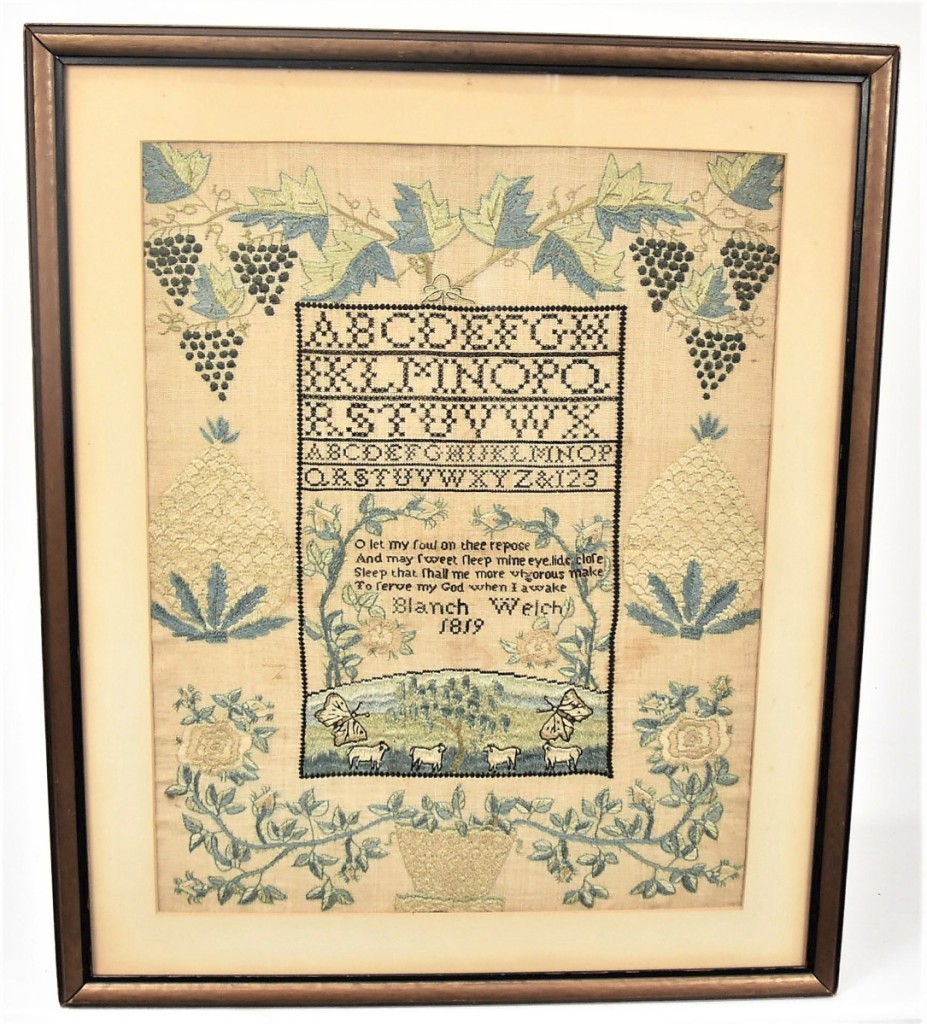
This 1819 Baltimore sampler sewed up the high price in the sale, surpassing its estimate and bringing $5,310. It related to an example published in Betty Ring’s book on Girlhood Embroidery ($2/4,000).
Review by Madelia Hickman Ring, Photos Courtesy Forsythes’ Auctions
CINCINNATI, OHIO – Two days after Forsythes’ Auctions January 2 sale, Frank Forsythe spoke the words everyone in this business wants to hear: “The antiques market has gotten a lot better overall, early Americana in particular.”
About 100 motivated bidders came to the sale, which focused on early Americana and Country Store items and took place at the Holiday Inn in the Eastgate suburb of Cincinnati. Phone and absentee bidding provided an alternative to online bidding. About 800 bidders registered for the 466-lot sale, which missed out on white-glove status with only one lot failing to sell from the podium.
The only sampler in the sale took top-lot honors. An 1819 silk on linen sampler worked by Blanch Welch of Baltimore consisted of a five-row verse over a landscape, accompanied by a flower basket and grapevine border. It had descended in Welch’s Baltimore family and related to another at the Baltimore Museum of Art that is illustrated in volume II of Betty Ring’s Girlhood Embroidery: American Samplers & Pictorial Needlework, 1650-1850. Eager bidders took it to $5,310 from an estimate of $2/4,000.
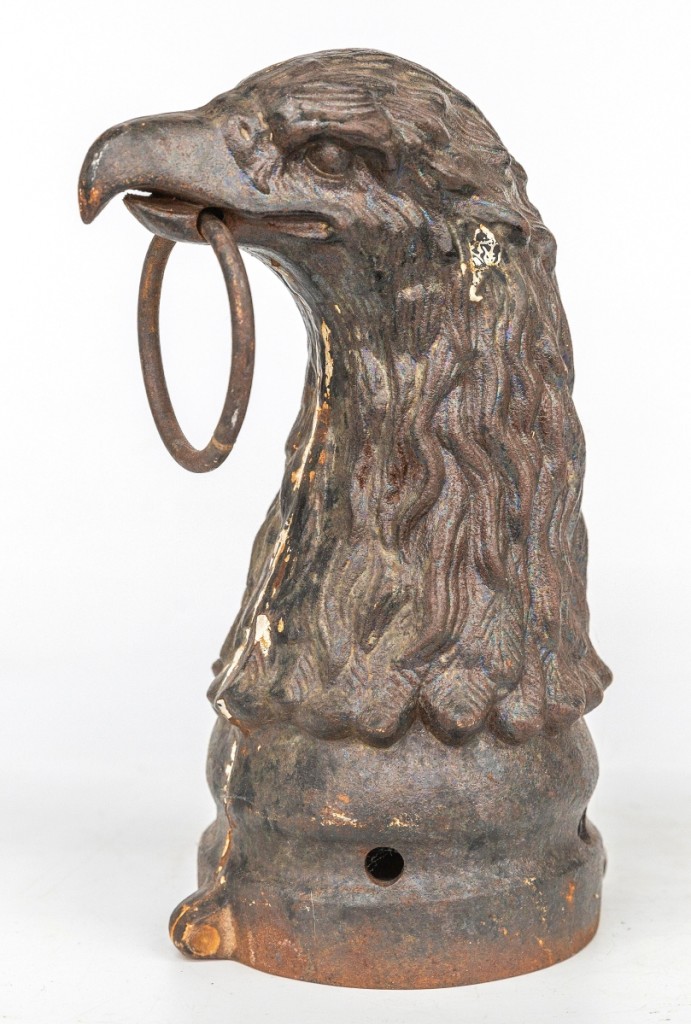
“I liked that about as much as anything,” Frank Forsythe said of this cast iron hitching post head in the form of an eagle holding a ring in its beak. Traces of old black paint were an appealing trait of the 11½-inch head. It flew to $3,186, the second highest result in the sale ($600-$1,200).
One of Frank Forsythe’s favorite pieces was something he had never seen – or sold – before. A circa 1860s cast iron hitching post top in the form of an eagle’s head retained traces of old black paint and stood nearly one foot tall. It came from an estate in Cincinnati and realized $3,186.
The same price – $3,186 – was also achieved by an early Nineteenth Century stoneware 4-gallon jar with cobalt decoration in the form of two birds and a tulip that formed a heart. It came from an estate in Kentucky and led a selection of more than two dozen stoneware examples that included cobalt decorated examples from Ripley, Ohio ($767) and one from New Geneva, Penn. ($531).
Advertising was another strong category, with the results to back the claim.
A carved African American dandy-form cigar store or trade figure that had been carved by Kentucky folk artist S. Cornett had been found in Kentucky and sold for $2,950. Forsythe acknowledged they do not see the work of the artist often but that the Kentucky collector that bought it had another piece by Cornett. The figure, which stood 66½ inches tall, was on a blue-painted base that read “Black Jacks Inn” and advertised beer for 10 cents and rooms for $2.

The original condition and old paint drove the result on this late Nineteenth Century polychrome painted wood trade sign for New Tiffin Wagons, which bidders rode to $2,950. Frank Forsythe said it came from a Brown County, Ohio, estate and was “very unusual” ($800-$1,500).
An early painted wood sign for New Tiffin Wagons also rode to $2,950. Forsythe remarked that the firm had sold a larger example – for more money – a few months previously but he was happy with the result as it nearly doubled the high estimate. He had found it in an estate in Brown County, Ohio, and that the original paint helped drive the result. A more modern advertising collectible – a neon sign for Skript Drug Store – heated up to $1,180.
Stand-outs in the American furniture category were seen in a Kentucky Sheraton cherry sugar chest that sold within estimate, for $2,714, and an oak apothecary cabinet with 28 drawers over paneled cupboard doors that closed out at $2,478.
About one-tenth of the sale was made up of fine art, of which portraits were the dominant genre. Hanging at the top of the proverbial gallery were a pair of portraits of Mr and Mrs Birdseye that were painted by C. Curtis in 1841; the pair found a new home for $1,770. Both the portraits – and a double portrait of two brothers that finished at $1,652 – were from a Cincinnati estate that had acquired them from Creek Wood Antiques in Cincinnati in the 1970s.
Forsythes’ Auctions’ next sale will take place in February, the date to be announced.
Prices quoted include the buyer’s premium but may not include additional online bidding surcharges. For more information, www.forsythesauctions.com or 939-377-3700.

